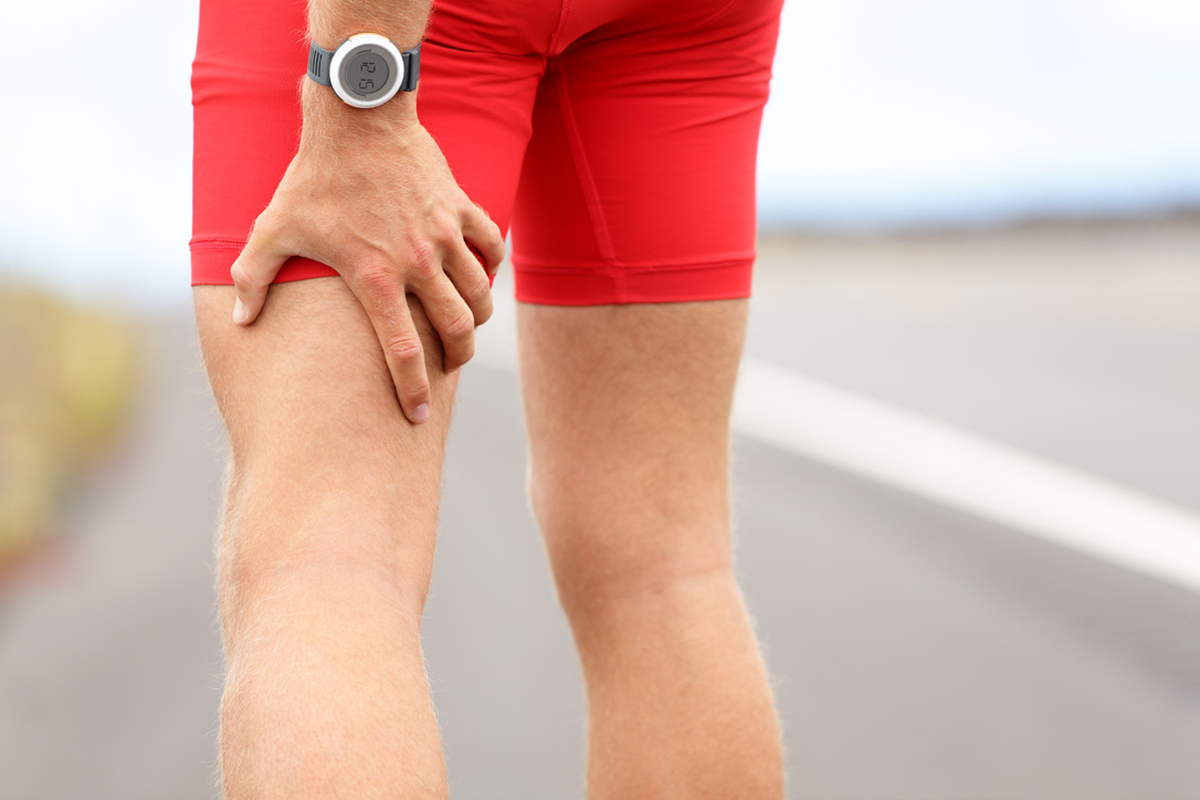All Whites - Canadian Shield
Wed June 18th 2025


Hamstring pain and strains usually develop with a sudden injury but also can develop over a period of time, with no obvious reason. The pain will be worse with sports and dynamic activities and sometimes with sitting. Hamstring pain is felt in the back of the thigh and occasionally into the buttock.
We know that the hamstring muscles are a complex group of interconnected tendons and muscles. These muscles and tendons combined with the hip joint and lower back need to work in the correct biomechanical pattern or hamstring strains can occur regularly, particularly in sportspeople.
The hamstring muscles need good flexibility, strength and requires a strong stable base to function. This base is usually provided by your pelvis, hips and lower back. Pain and inflammation will develop if you keep using your hamstring while it is injured. You will develop altered walking, running and movement patterns. This in turn creates a “muscle imbalance,” reinforcing your poor movement patterns causing further pain and inflammation, often in your hips and lower back.
A poor walking/running style (gait) or poor biomechanics will become a habit and you will be consistently in pain and have a stiff tight hamstring, lower back and hips. If you keep this “bad habit” you will continue to aggravate and irritate the hamstring muscles and your pain will persist and potentially get worse.
Treatment of your hamstring strain/pain will make you feel better, it’s what you would expect when you are in pain. However, if you have the pain treated (massage, mobilization, medications), but do not correct your posture, your biomechanics and strength deficits, you are only receiving a “temporary relief” from your pain, and it is likely that your pain will reoccur. This is only short-term relief, and not a long-term solution.
Need help tackling an injury or pain? Enter your name below to get started booking an appointment.